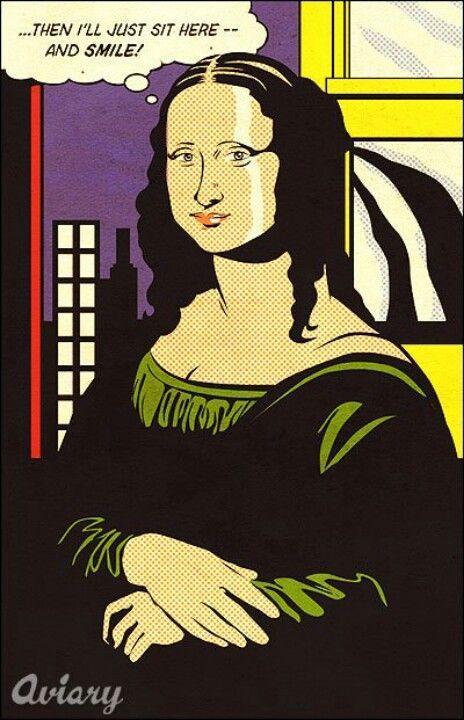来自大师的信息
```html
Exploring the World of Art through English
Art is a universal language that transcends borders and cultures, allowing individuals to express themselves creatively and communicate profound ideas. Within the realm of art, the English language plays a crucial role as a means of interpretation, analysis, and communication. Let's delve into how English intertwines with various aspects of the art world.
English serves as a bridge between artists and their audiences, enabling the interpretation of artworks through titles, descriptions, and artist statements. When artists provide titles for their pieces, they often use English to convey their intended meanings or evoke specific emotions. For example, a painting titled "Eternal Serenity" suggests a tranquil and timeless atmosphere, guiding viewers' interpretations.
The study of art history and critique extensively relies on English as the primary language for scholarly discourse. Art historians analyze and contextualize artworks, movements, and artists' lives through written essays, research papers, and lectures. English facilitates the exchange of ideas and the documentation of artistic evolution throughout history.
In the global art market, English serves as the predominant language for transactions, negotiations, and marketing efforts. Auction houses, galleries, and art dealers worldwide use English to promote artworks, attract buyers, and facilitate sales. Moreover, English proficiency is essential for artists seeking international recognition and commercial success.
English is integral to art education, as many instructional materials, workshops, and tutorials are available primarily in English. Whether aspiring artists are learning traditional techniques or exploring digital media, Englishlanguage resources provide valuable guidance and inspiration. Additionally, Englishspeaking instructors and mentors offer mentorship and feedback to students worldwide.
English facilitates cultural exchange and collaboration within the global art community. Artists from different countries and backgrounds can connect, collaborate, and exhibit their work through international platforms and exhibitions. English proficiency enables meaningful dialogue and collaboration, fostering creative synergy and crosscultural understanding.
For artists seeking to navigate the intersection of art and English, here are some recommendations:
By embracing the synergy between art and English, artists can amplify their voices, broaden their horizons, and forge meaningful connections across borders.

